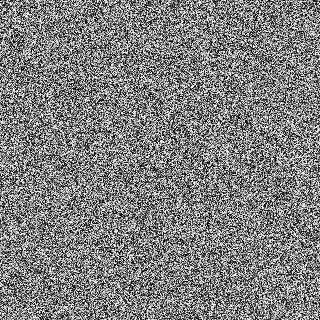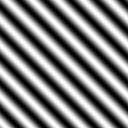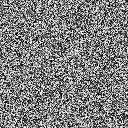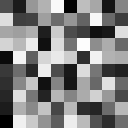Workshop GLSL - Noise - Chapter 3 - Noise

Explanations
Enough for the basics, we need to move forward and make some noise !
#define PROCESSING_COLOR_SHADER
uniform float time;
uniform vec2 resolution;
Let’s create a random function (some hardware have built-in function to do it). These magic number help us to emulate randomness, with a given 2D vector this function generate a random value form 0 (inclusive) to 1 (exclusive). Note that the same value will be returned for the same coordinates.
float rand(vec2 co){
return fract(sin(dot(co.xy ,vec2(12.9898,78.233))) * 43758.5453);
}
void main( void ) {
vec2 position = gl_FragCoord.xy / resolution.xy;
Now we paint random on screen with animation, like old time television …
float value = rand(vec2(position.x + time, position.y + time));
gl_FragColor = vec4(value, value, value,1.0);
}
Full Code Source
#define PROCESSING_COLOR_SHADER
uniform float time;
uniform vec2 resolution;
float rand(vec2 co){
return fract(sin(dot(co.xy ,vec2(12.9898,78.233))) * 43758.5453);
}
void main( void ) {
vec2 position = gl_FragCoord.xy / resolution.xy;
float value = rand(vec2(position.x + time, position.y + time));
gl_FragColor = vec4(value, value, value,1.0);
}


